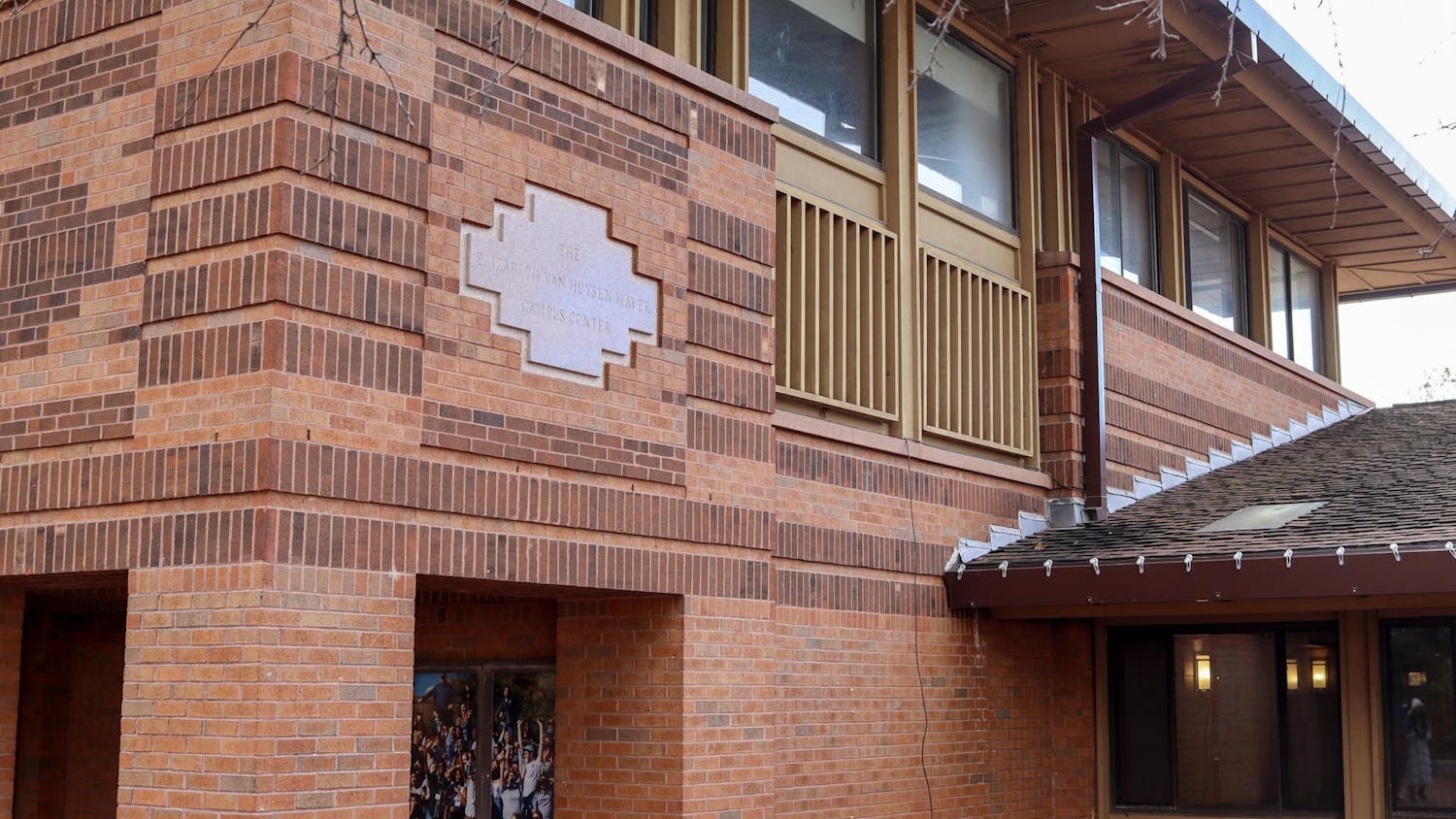The City of Somerville on March 23 announced the expansion of its emergency notification system, Connect−CTY, which can now send emergency alerts via text messages in addition to the existing means of telephone calls and e−mails.
"We are continuing to upgrade and improve our existing technologies, and expanding the Connect−CTY system to include text message will allow us to reach more people with urgent information in a timely manner," Somerville Mayor Joseph Curtatone said in a press release.
Residents can now receive alerts via one Short Messaging System (SMS) number, three phone numbers and two e−mail addresses. This marks the fourth year that Somerville's emergency notification system has been in place, according to Jaclyn Rossetti, Somerville's deputy director of communications.
She added that alerts are often related to snow emergencies but could also be about traffic disruptions and gas or water main breaks.
Text messages were initially omitted from the emergency notification system, Rossetti said, because they weren't as popular at the time.
"The decision to branch out to text messaging was a function of the city wanting to reach as many people as possible," Somerville's Director of Constituent Services Steve Craig said. "It is one more tool at our disposal."
Tufts also utilizes text message to alert students, currently through the Send Word Now notification system.
Director of Communications and Organizational Effectiveness at University Information Technology (UIT) Dawn Irish said that text messages are more effective at alerting more people quickly.
"What we've found in our testing is that SMS messages are the fastest way to notify people," Irish said. "We probably send 6,000 messages in a matter of few minutes, and that is a great thing when every second counts."
Irish added that text messages are delivered almost instantly, as opposed to phone calls or e−mails, which take longer to reach recipients.
Although the text message notifications have only been in place for two weeks, the feedback has been very positive, Craig said, especially from constituents who previously had trouble receiving phone calls or e−mail alerts.
"We coordinate with the communications department to make sure that the messages are going out in a timely manner and ensuring that the call−takers know about the information in advance," Craig said.
Rossetti added that the inclusion of text message alerts has been long awaited.
"A lot of people have been hoping for this," Rossetti said. "We are always looking to reach more residents effectively."
The main test for the system will come during snow season, Rossetti said, when the volume of messages sent out will increase by a significant amount.
Text messages are currently sent out only in English. Providing information in foreign languages via text message is "not in our capabilities right now," Craig said.
However, the 311 service that constituents can call with questions or complaints also provides information in Spanish, Portuguese and Haitian Creole.
Another potential obstacle that text message notifications must overcome is the difficulty of shortening complicated, in−depth alerts, Craig said.
Irish added that Tufts confronts the same issue of condensing complicated alerts for use in text messages.
"We've had to become strategic in what we put in the text messages … to make them as brief and informative as possible," Irish said. "It is work, but it is worth it."
The Office of Comm−unications and City Cable will take what Craig describes as a "wait−and−see approach" to address issues.
"If a serious issue came up, we'd be sure to address it right away, Craig said. "But it seems to be going well."
Social media outlets like Facebook.com and Twitter.com may also be used to connect with constituents in the future, according to Rossetti. Saumya Vaishampayan contributed reporting to this article.





